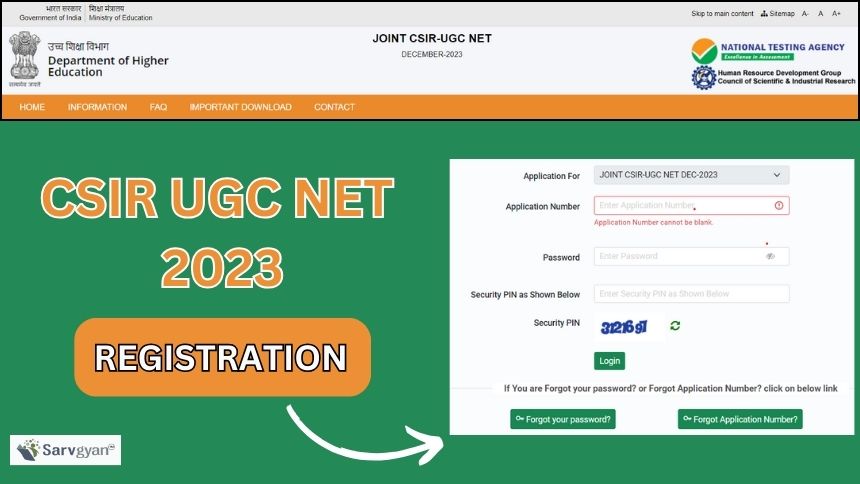Selling what we search
How SEO puts products on your pages :Algorithms that track the terms we plug into search engines determine what appears on the pages we pull up. Why does that feel so creepy?

SEO concept by Anya Berkut/Getty Images
Selling what we search More and more, we seem to get ads related to topics we plug into a search engine — long after we stopped searching that topic.
That’s because brands use digital communication strategies, such as search engine rankings and advertisements, to provide users with the most relevant information at the exact moment they’re searching for it.
Searching is second-nature. We all type phrases into search engines, search for local businesses and ask Siri or Alexa questions. Searching is how, in 2021, we learned “how to be eligible for a stimulus check” and “how to help Afghan refugees” — two top Google search terms in the U.S. that year.
When we search or are served an ad on an online platform, it’s our job to choose amongst the entries and decipher the labeling. We may also wonder: Why am I seeing this?
Search engines work by crawling through code and content on the Internet and indexing the information they find. This is required for a web page to appear on Google, for example. Then, pages are ranked from most to least relevant.
Most factors that are reviewed when crawling are in a site publisher’s control, such as how the content is presented on the page, site navigation and links to external websites. This information is stored in the index.
Optimization can improve our Internet experience.
Calie Brummer, a SEO professional and head of digital content and communications for a US-based insurance technology company, described an optimized web page as having a great mobile experience, fast load speeds, keyword specific headlines and detailed meta information — information that’s not displayed on a page but describes a page, such as keywords, the author, location and a page description.
While marketing and web development skills are important, search engines determine the ranking — the order of sites on the search engine result pages — by using algorithms that change regularly. In 2021, some top ranking factors included types of traffic, quality of visits, content length and links and website security.
Read This : Singapore: Singapore Hangs First Woman In 19 Years After She Was Convicted Of Trafficking 31 Grams Of Heroin
For a while, SEOs relied on E-A-T, an acronym that stands for expertise of the creator and authoritativeness and trustworthiness of the creator, content and website. It’s one of the criteria in Google’s algorithm that helps to determine high-quality pages, although that is now a debated topic in the marketing world. Brummer said that looking at a website’s expertise, authority and trust in its respective space can provide context around the reliability of the site.
Google Search is updated thousands of times a year to improve the quality of search results. Recent changes have helped more sites get discovered, removed irrelevant information and gave users the option to see mobile-optimized results.
When Google makes substantial updates to its algorithm, they provide updates. For professionals, that can be helpful.
“Google has made it so that algorithm updates generally don’t negatively impact well-structured sites using proper SEO strategies. The algorithm updates usually give me an idea of what we can optimize for,” said Brummer.
Websites pay to be the top link in your search.
Brands can also pay to show their web page when someone searches for a phrase by creating advertisements that appear like a regular or “organic” search result and by bidding on the searches where their ad will appear.
Paid search advertisers can layer on additional targeting criteria, such as device type, location, date or time and demographic information, including occupation, life stage and interests.
For example, if a brand wants a web page to appear when someone searches a phrase related to “best women’s hiking boots,” they can pay extra to have their ad appear when the search is done by a woman between the ages of 20 and 40, interested in hiking and who lives in areas with a lot of hiking trails.
Know that each time you click on a search result labeled “Sponsored,” you’re costing the brand anywhere from $0.85 to $8.46, depending on the industry.
Research has shown that there’s a high level of trust in search engines, especially Google. Most users click top search results. And since many users find what they’re looking for by following search engine rankings, it’s natural that top-ranked pages are considered the most reliable.
Optimization can improve visibility.
Now more than ever, we’re getting news from digital sources.Some 65% of U.S. adults say they get their news from search engines. People who lack an understanding of search engines might not realize how optimization, sponsorships and algorithms can affect what news sources they see.
I asked Sebastian Schultheiß at Hamburg University of Applied Sciences how we can improve people’s understanding of search rankings. Schultheiß explained that there are measures that focus on improving search engine literacy, but search engine providers must also be taken into account.
“An example is the ad labels, which have been changed constantly by Google over the years and have become increasingly subtle in their presentation. Search engines should be called upon to make it even more transparent to users why results are placed in which positions,” said Schultheiß.
News providers, like commercial brands, have marketing teams that can use search engine optimization and paid search strategies to make their articles more visible and clicked on by users. Schultheiß said that knowing about these influences and the underlying motivations of the providers allows for a more critical assessment of the results.
“In my view,” he said, “the questions to ask when using a search engine are ‘Why do I see this search result?’ and ‘What are the provider’s intentions in providing the information?’”














